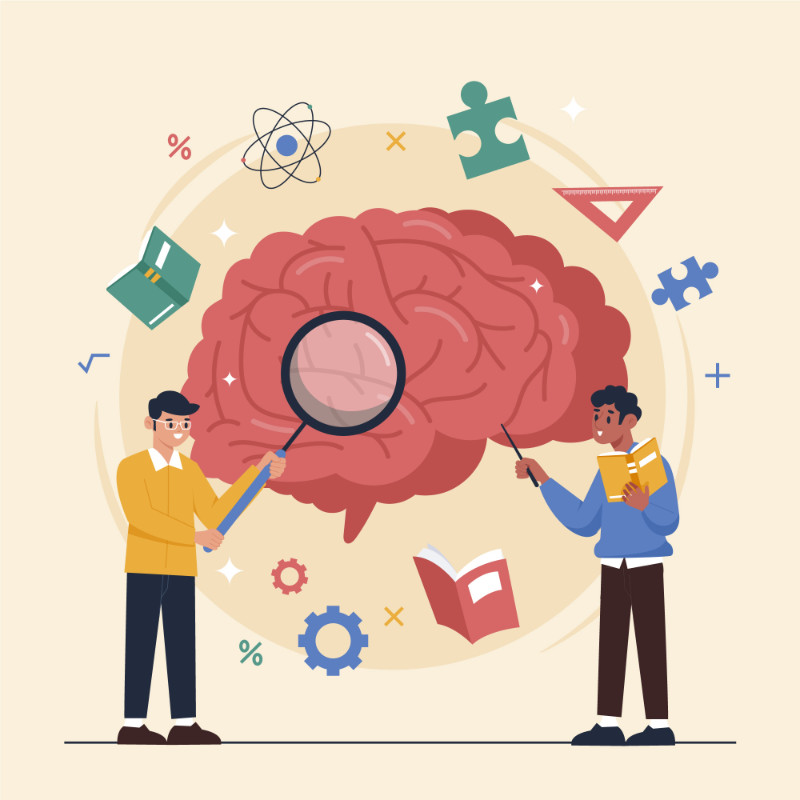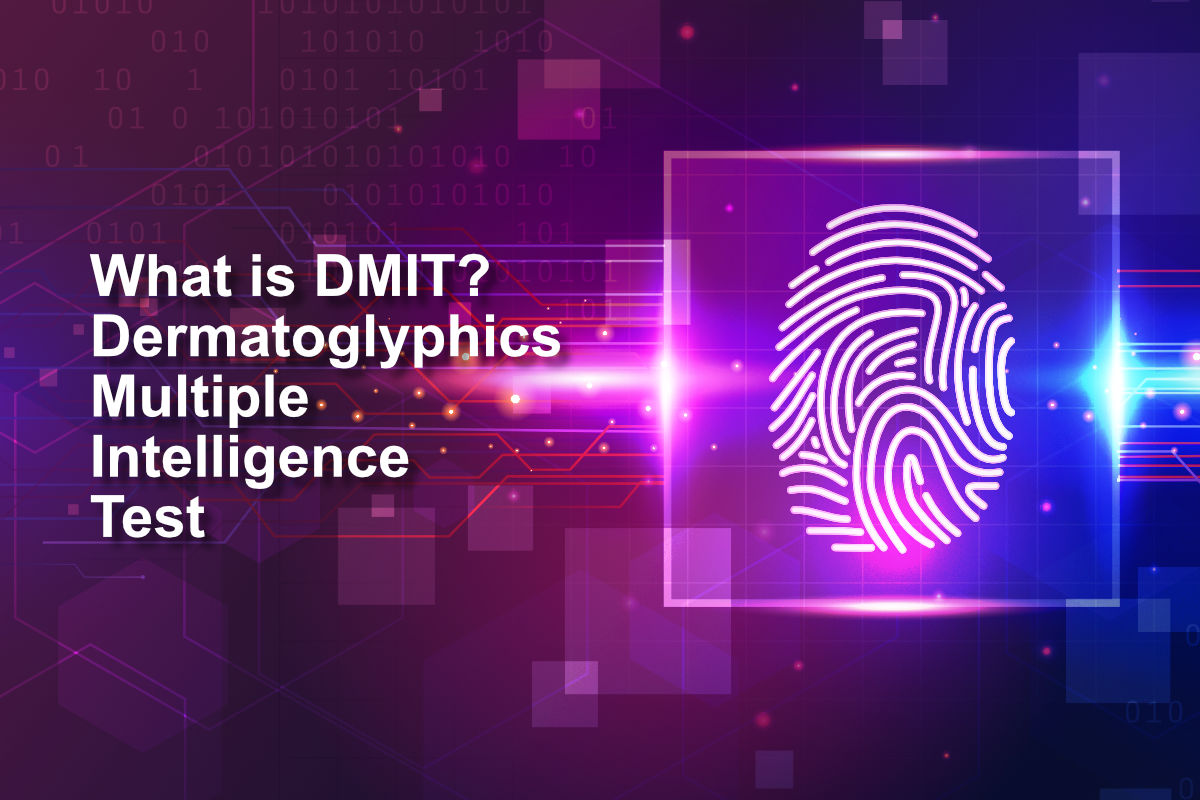The Dermatoglyphics Multiple Intelligence Test (DMIT) uses fingerprint analysis to assess a person’s innate talents and learning capabilities. Based on Howard Gardner’s theory of multiple intelligences, DMIT identifies strengths such as logical reasoning, creativity, and interpersonal skills. It’s an innovative tool for career counseling, education planning, and personal development. Unlock your true potential with a DMIT session today!
Decoding the Power of Dermatoglyphics Multiple Intelligence Test (DMIT): Unveiling Your Hidden Potential

Unlocking your hidden potential has never been easier with the Dermatoglyphics Multiple Intelligence Test (DMIT). This unique assessment delves deep into the intricate patterns of your fingerprints, revealing a wealth of information about your strengths, weaknesses, and untapped talents. By decoding the power of dermatoglyphics, the DMIT dissects the individual characteristics of each ridge and loop, providing valuable insights into your cognitive abilities, emotional quotient, and learning style.
Unlike traditional intelligence tests, the DMIT recognizes that intelligence encompasses much more than just IQ. It takes into account multiple intelligences, such as linguistic, logical-mathematical, spatial, interpersonal, intrapersonal, musical, and naturalist intelligences. By understanding your dominant intelligences, you can tailor your learning and career paths to capitalize on your strengths and overcome your limitations.
Don't miss out on uncovering the incredible potential within you. Take the DMIT and embark on a journey of self-discovery to unleash your true capabilities. Join the ranks of individuals who have harnessed the power of dermatoglyphics to achieve personal and professional success. The possibilities are limitless, and your potentials are waiting to be unveiled.
Understanding The Concept of Multiple Intelligences

The concept of multiple intelligences, developed by psychologist Howard Gardner in the early 1980s, revolutionized the way we perceive human intelligence. Gardner proposed that intelligence is not a singular measure of cognitive ability, typically quantified through IQ tests, but rather a collection of various types of intelligences that individuals possess in differing degrees. This paradigm shift emphasizes that people may excel in specific areas while struggling in others, thereby creating a richer, more nuanced understanding of human capabilities.
Gardner identified eight distinct intelligences: linguistic, logical-mathematical, spatial, musical, bodily-kinesthetic, interpersonal, intrapersonal, and naturalistic. Linguistic intelligence pertains to the ability to use words effectively, whether orally or in writing, while logical-mathematical intelligence involves the capacity for deductive reasoning, problem-solving, and working with mathematical concepts. Spatial intelligence encompasses the ability to visualize and manipulate objects, and musical intelligence relates to sensitivity to rhythm, pitch, and melody.
Understanding these multiple intelligences allows individuals to recognize their unique strengths and weaknesses. Instead of conforming to a standardized definition of intelligence, individuals can appreciate their diverse talents, which can lead to a more fulfilling life. This framework not only aids in personal growth but also has significant implications for education, as it encourages tailored teaching methods that cater to various learning styles, thereby optimizing students' potential.
History and Background of DMIT
The Dermatoglyphics Multiple Intelligence Test (DMIT) merges the scientific study of fingerprints—dermatoglyphics—with the theory of multiple intelligences. The origins of dermatoglyphics can be traced back to the late 19th century when Sir Francis Galton, a renowned English polymath, began investigating the patterns of ridges and loops on fingers. His pioneering work laid the groundwork for the scientific exploration of how these patterns can be linked to individual traits and characteristics.
The application of dermatoglyphics in understanding intelligence gained momentum in the 20th century, particularly in the 1970s and 1980s, when researchers began to correlate fingerprint patterns with cognitive abilities and personality traits. This research paved the way for the development of the DMIT, which aims to provide a comprehensive analysis of an individual’s potential based on their unique fingerprint patterns. The DMIT integrates principles of psychology, neuroscience, and dermatoglyphics to create a holistic assessment tool.
In recent years, DMIT has gained popularity as a personal development tool, particularly in educational settings. As more people seek to understand their innate capabilities, this test has emerged as a valuable resource for uncovering hidden potentials. DMIT practitioners employ sophisticated analysis techniques to decode fingerprint patterns, providing individuals with insights into their cognitive strengths and weaknesses, learning styles, and emotional responses.
How Does DMIT Work?
The DMIT process begins with a simple and non-invasive fingerprint scan. Participants have their fingers scanned using a specialized digital scanner that captures the intricate patterns of their fingerprints. These patterns, including loops, whorls, and arches, are unique to each individual and serve as the foundation for the analysis. The scanner collects high-resolution images that are then processed by advanced software designed to interpret the dermatoglyphic data.
Once the fingerprint data is collected, it is analyzed through a combination of algorithms and expert insights. The software identifies specific patterns and characteristics in the fingerprints, correlating them with various intelligences as outlined in Gardner's theory. Each ridge and loop is examined to reveal insights about cognitive abilities, emotional intelligence, and personality traits. This comprehensive analysis provides a detailed report that outlines the individual's dominant intelligences and potential areas for development.
The results of DMIT are presented in a structured format, making it easy for individuals to understand their unique profiles. The report includes information on multiple intelligences, learning preferences, and suggestions for personal and professional development. This clarity allows individuals to make informed decisions about their educational paths, career choices, and personal growth strategies, ultimately empowering them to harness their hidden potential effectively.

